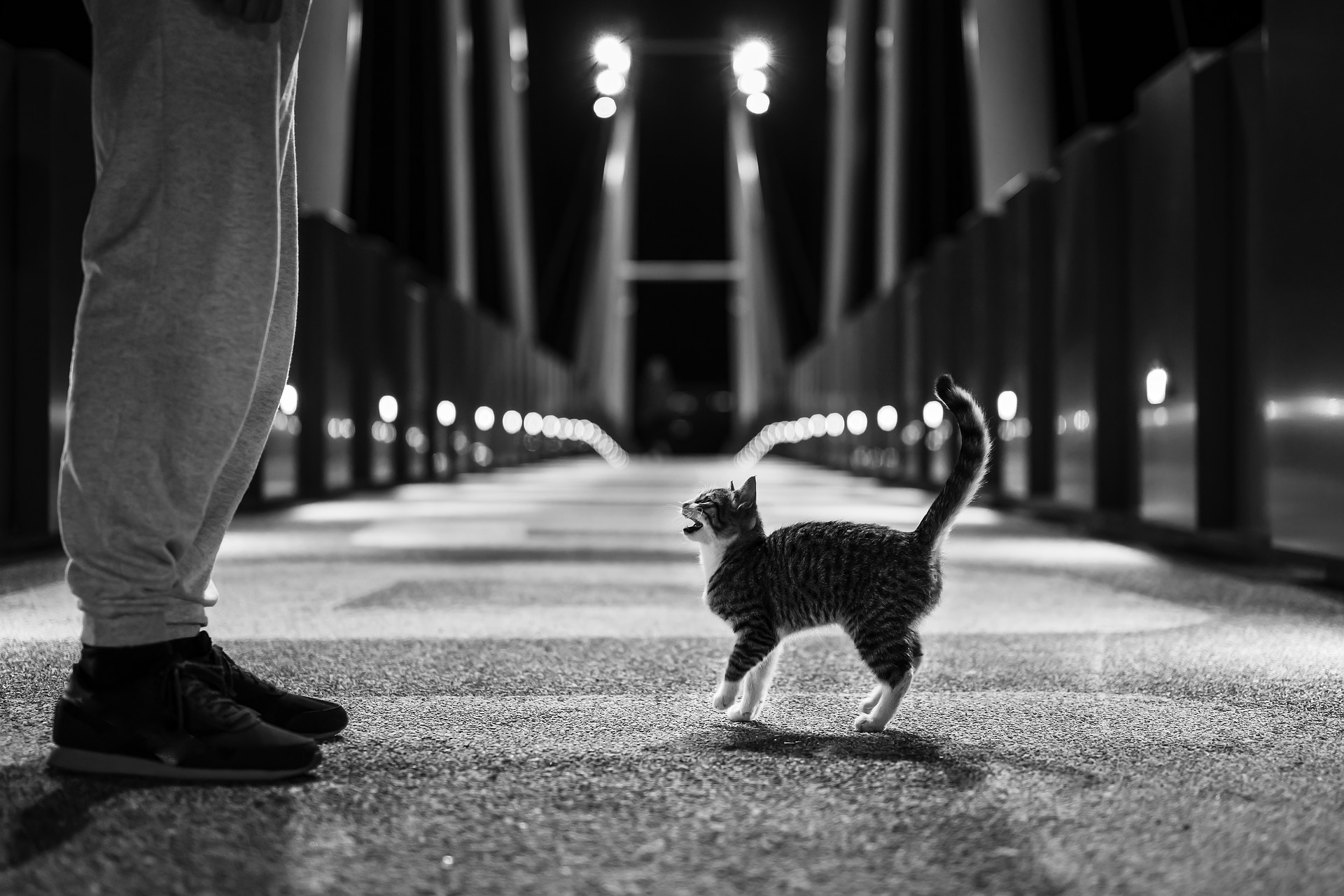Busting Myths About Feral Cats: Balancing Safety & Compassion
Feral cats—domestic cats that grew up in the wild, are often at odds with human communities. Misconceptions about these creatures fuel a negative stereotype, which, when combined with lack of concrete information, gives way to ineffective policies. To better our interaction with these free-roaming cats, it is crucial to distinguish fiction from fact—and address approaches that cultivate coexistence instead of rivalry.
Understanding the Distinction
Feral cats, as opposed to stray cats, have been born and brought up in the wild and have minimal human pressing. They survive independently, forming colonies in abandoned structures or open areas. Socialization is almost impossible at a later stage in life, which distinguishes them from the stray counterparts who were once pets but are now homeless.
Debunking Myths
Dispelling feral cat misconceptions is critical. Firstly, feral cats are not always carriers of diseases. They can live healthy lives in their conditions if managed correctly. Secondly, killing or relocating them efficiently controls their population is a harmful myth—it rather leads to ‘vacuum effect’ where more will fill the space. Hence, removal should be a last resort, primarily focusing on non-lethal control methods.
Trap-Neuter-Return: A Viable Solution
Trap-Neuter-Return (TNR) programs are emerging as practical solutions. Cats are trapped, spayed or neutered, then returned to their colonies. It stabilizes the population, modifies their aggressive behaviors, and eliminates noisy mating behaviors. Instead of vilifying feral cats, offering TNR programs can promote overall welfare.
Altering Perceptions for Safer Communities
Clear information dissemination is crucial in fostering healthy community relationships with these cats. Their inability to socialize does not always interpret as aggressive attacking behavior. Offering access to TNR programs and managing a stable, controlled colony is the antidote to Ross aggression and community-cat conflicts.
Caring Practices & Responsible Ownership
Human interaction may bring harm to both parties in several instances. Avoid feeding these cats— it may lead to dependency. Instead, participate in community-led initiatives like TNR programs. Such involvement encourages feral well-being— helping them while minimizing conflicts with human society.
- Feral cats are not known to live less healthy or shorter lives left to experience without outside interference.
- TNR reinforces a steady checkup for these cats— any potential risk gets read thoroughly.
- Animal caretakers often define colony areas and maintain responsible supervision in TNR practices.
- A closed colony— one where no newcomers add— begins with TNR practices, hence a progressive way to balanced coexistence.
In conclusion, saving our human society from ‘feral cat scenarios’ starts with understanding, empathy—and a shift away from pervasive misinformation. By connecting people and institutions to practice TNR and develop healthy perceptions, equilibrium bearings will offer peaceful human-animal cohabitation. Find your role in re-sculpting feral cat tales— and recognizes the ecological benefit these cats bring without staining their potential aspect due to false textbooks of threat they often framed into.





